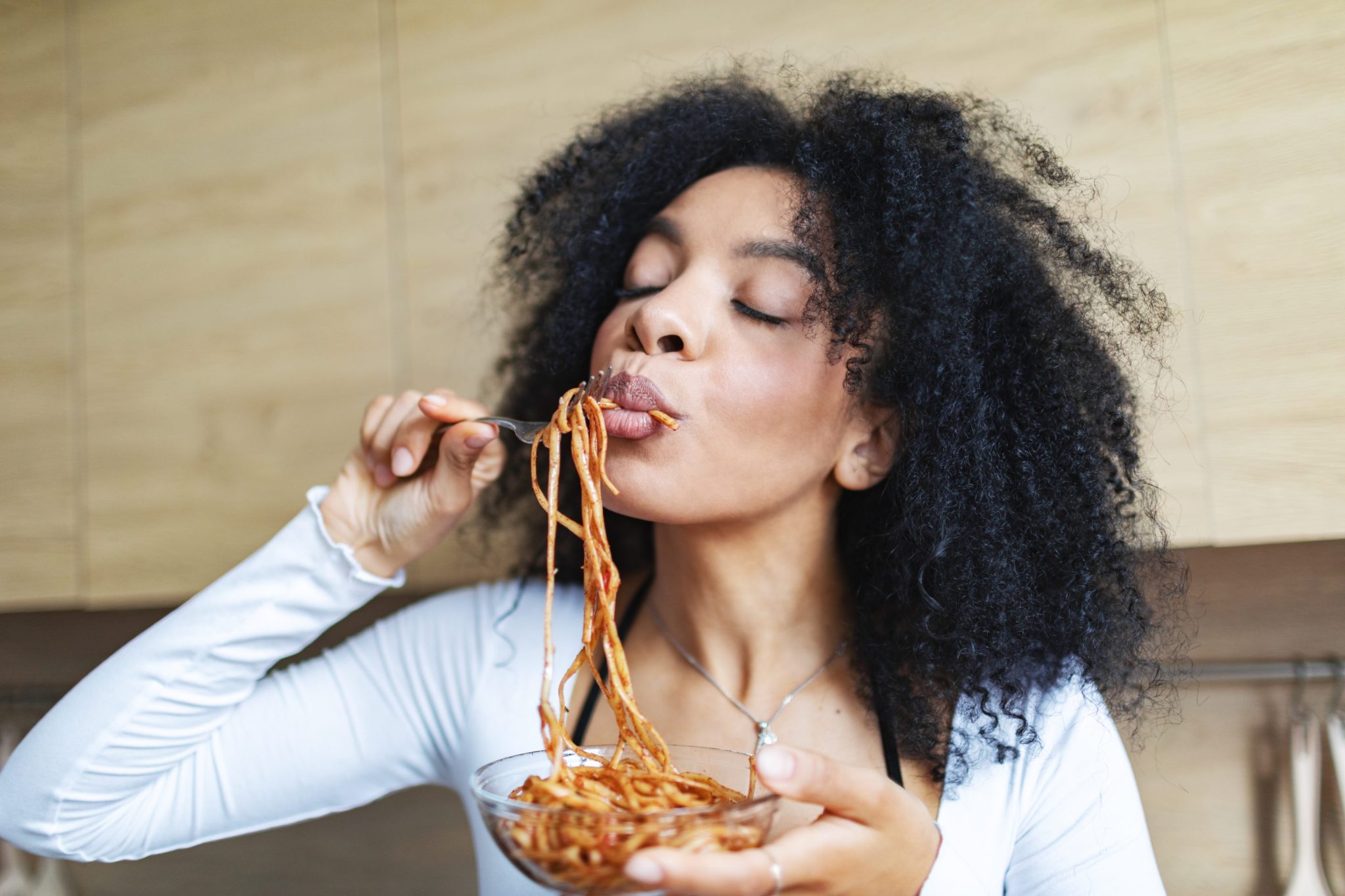Carbohydrates have a complicated reputation. On one hand, they’re our body’s main source of energy, powering our brains and bodies to get through the workday or a workout. On the other, they’re often demonized as causing high blood sugar or weight gain.
That’s because simpler carbs, like white bread and potatoes (particularly when they’re consumed in large amounts or not in combination with protein and vegetables), can cause blood sugar spikes, a rapid and significant rise in blood glucose levels (although walking after meals can help with that). Those spikes and subsequent dips in blood sugar can impact how you feel and your overall energy levels. Over time, repeated spikes and prolonged high blood sugar can also lead to increased risk for cardiovascular disease, insulin resistance, and diabetes.
But within bread, rice, potatoes, and pasta is a hidden nutrient that could help mitigate those unwanted effects of the carbs we love so much: resistant starch.
What is resistant starch?
Resistant starch is a type of carbohydrate that resists digestion in the small intestine, and ferments in the large intestine, according to Johns Hopkins. Avoiding digestion in the small intestine ensures glucose won’t spike, while the fermentation process in the large intestine helps the starch act as a prebiotic to feed the good bacteria in the gut.
Studies have shown that resistant starch can improve gut health and glucose regulation, support weight loss, improve insulin resistance, and lower inflammation. Johns Hopkins points out additional benefits such as:
- Increased feeling of fullness
- Treatment and prevention of constipation
- Lower cholesterol
- Lower risk of colon cancer
- Less gas production than other fibers from a slower fermentation process
Some foods naturally contain resistant starch, like plantains, green bananas, beans, peas, lentils, and whole grains like oats and barley. However, you can still access this superfood in white rice, pasta, and bread, too—just cool your carbs.
Resistant starch develops when certain carbohydrates are cooked, cooled, and reheated—namely rice, pasta, potatoes, and bread.
That’s because the starch structure changes when rice (and pasta, bread, and potatoes) are cooled after cooking, making it more resistant to digestion, and preventing the blood sugar spikes you’d typically see from those foods.
One study from 2015 found that white rice that was cooked, cooled overnight, and then reheated had nearly triple the amount of resistant starch of the original cooked rice. Another study from 2008 revealed that white bread that was frozen, defrosted, then toasted showed a much lower glycemic response than bread that hadn’t undergone the process. Similar results have also been found for pasta and potatoes
The cooling trick can also work for carbs already with a lower glycemic load—such as brown rice, oats, barley, beans, lentils, and whole wheat pasta.
For more on superfoods:
- 11 benefits of chia seeds from gut health to weight loss
- This is the best nut to eat if you want to lower your colorectal cancer risk, study finds
- Meet the hot new superfood—dark green algae powder that’s full of vitamins, minerals, protein, and omega-3s
This story was originally featured on Fortune.com

